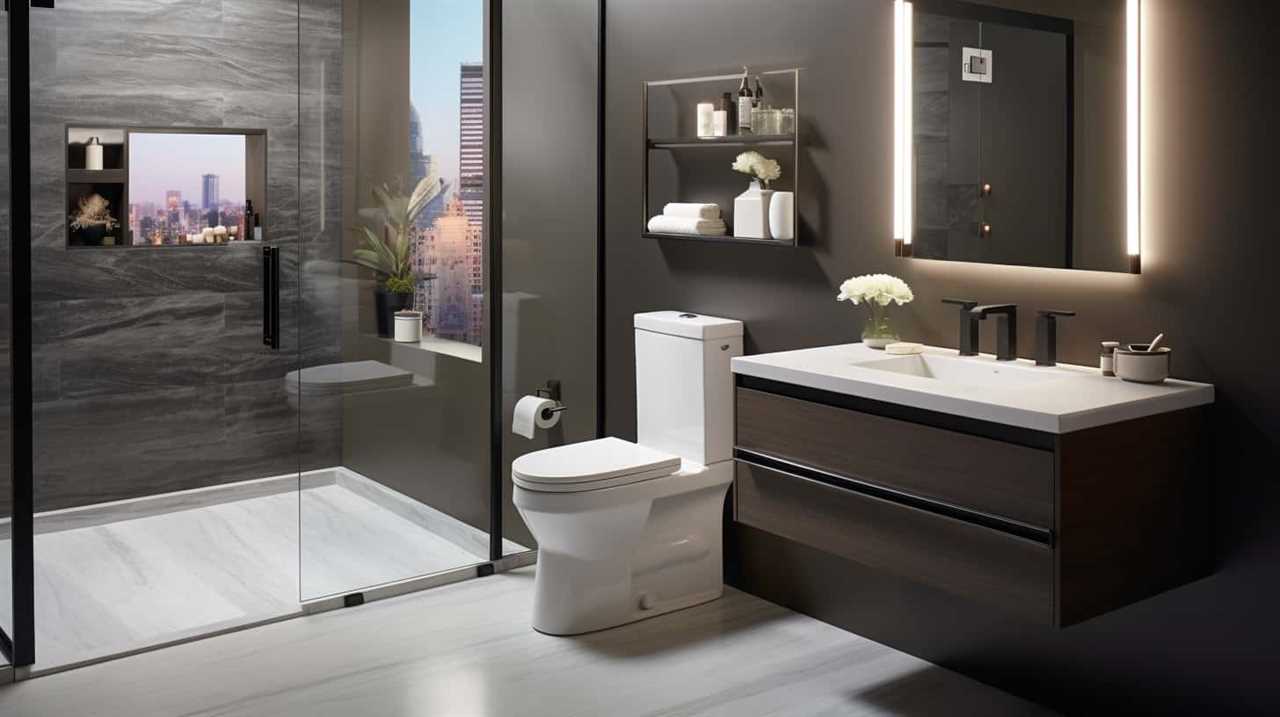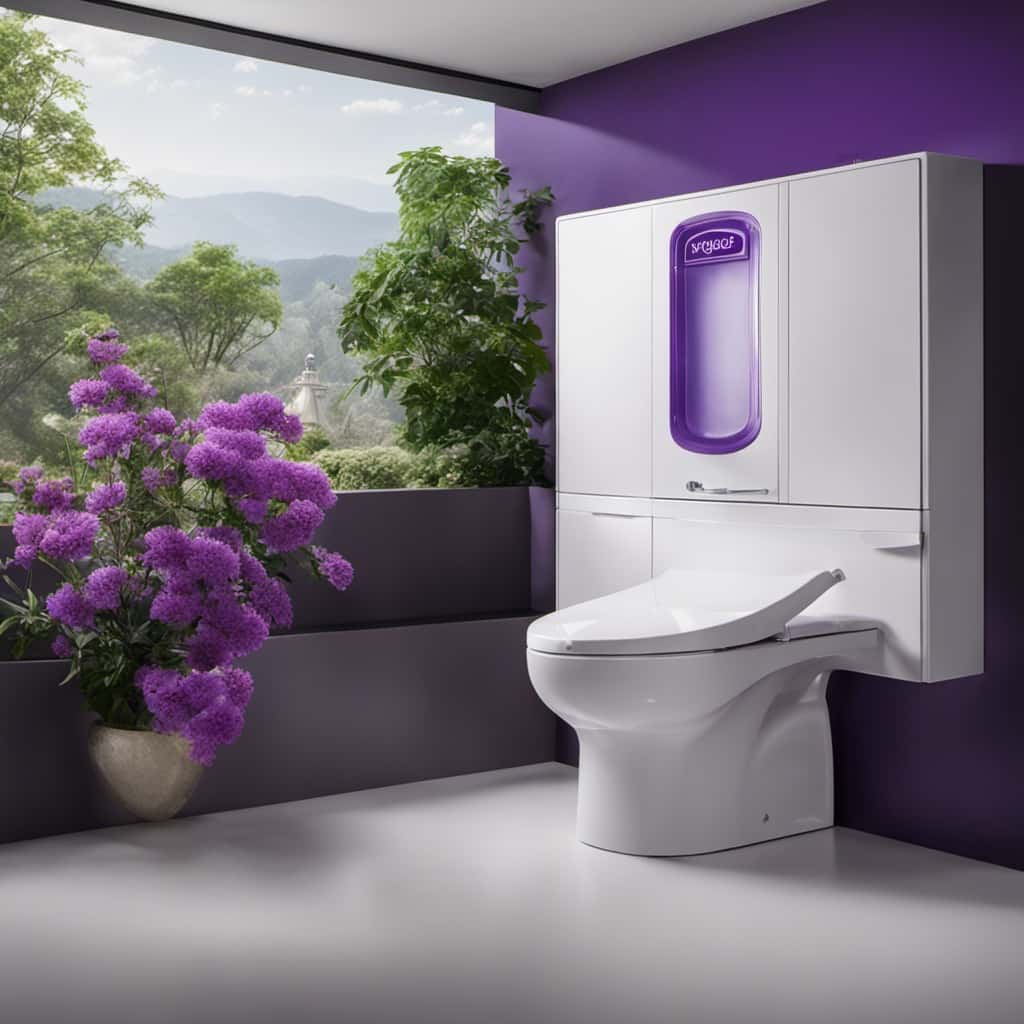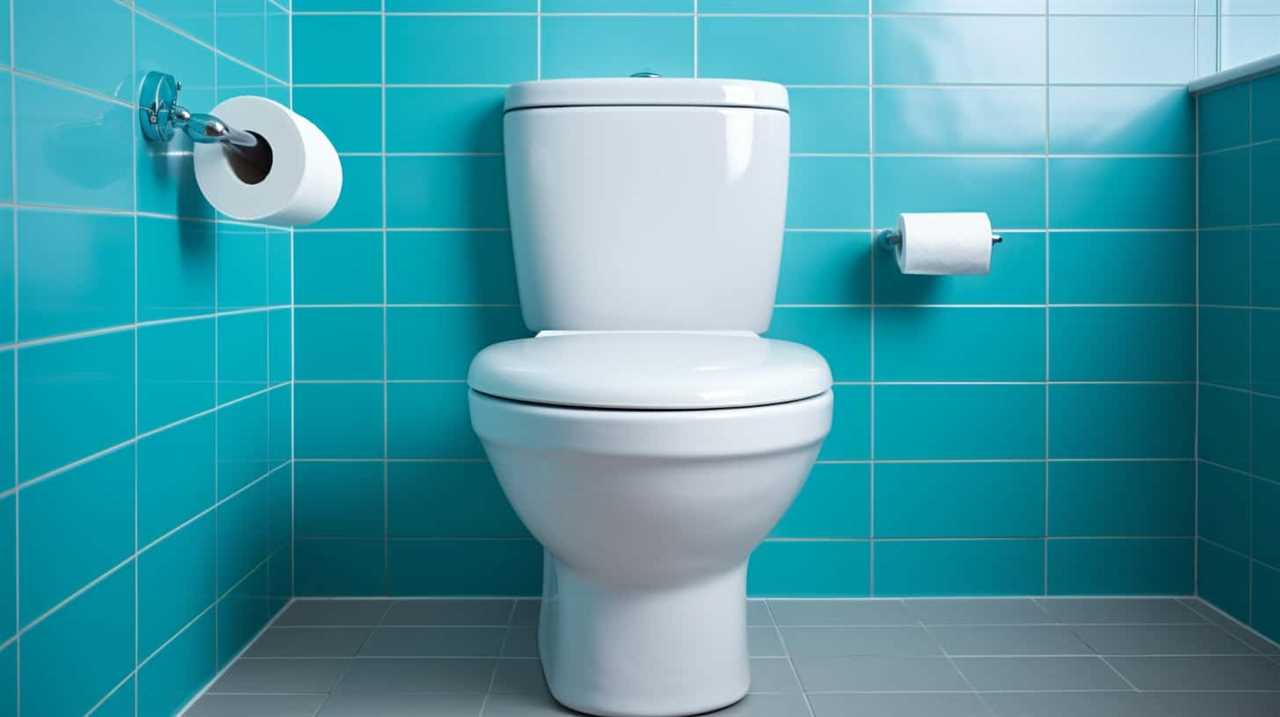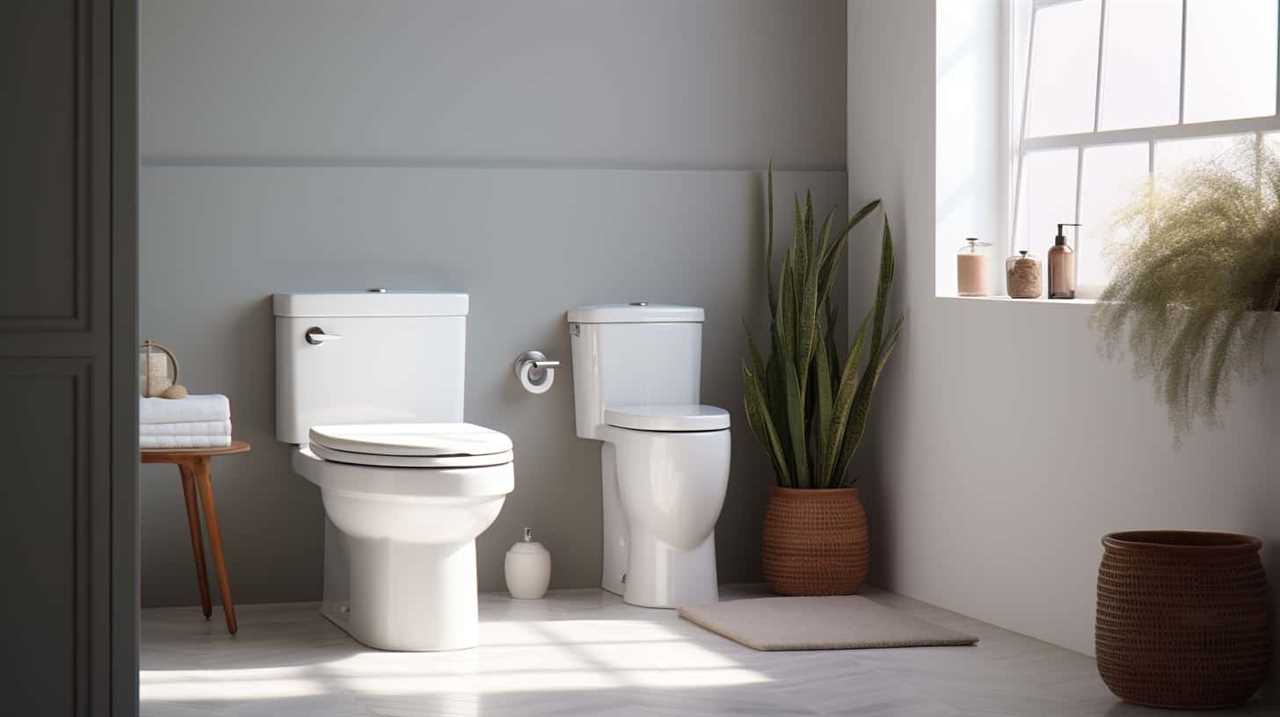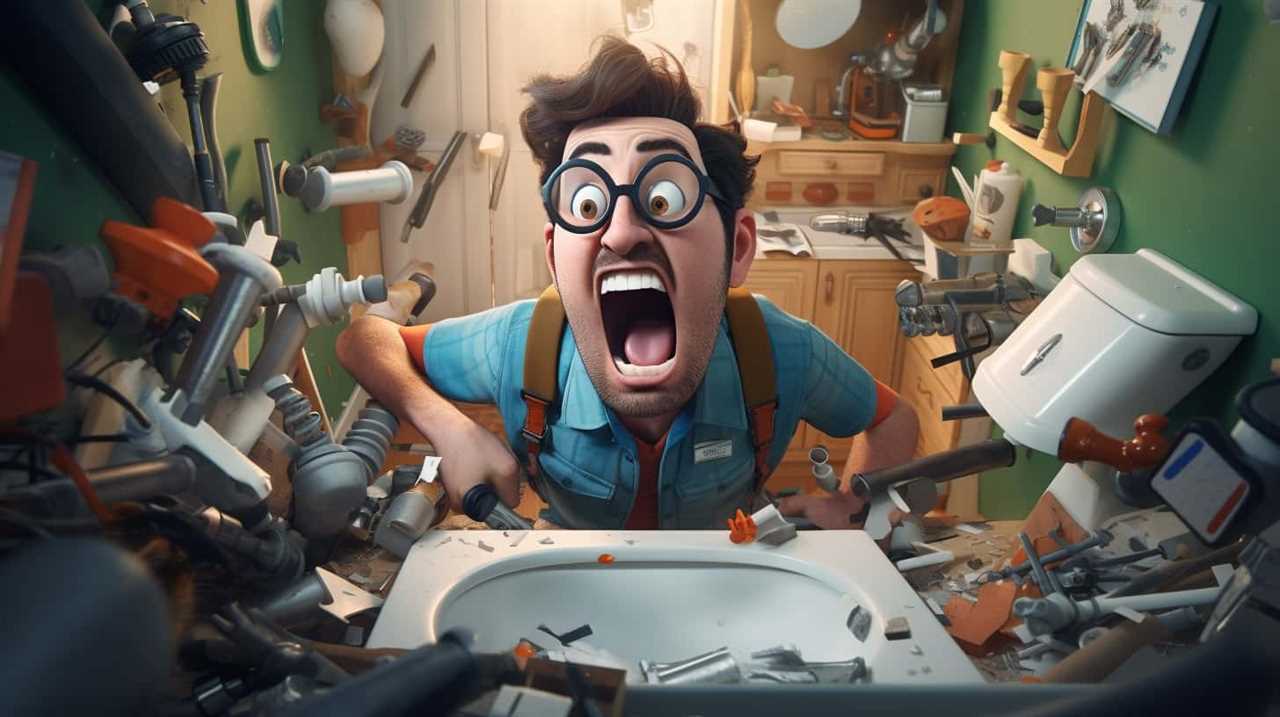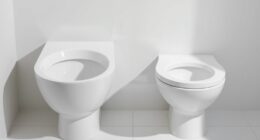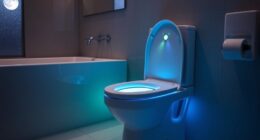We’ve all experienced it: grappling with dirty diapers and the challenge of finding suitable baby wipes that don’t block the toilet.
But did you know that not all wipes labeled as ‘flushable’ actually break down as they should?
In this article, we delve into the world of flushable baby wipes, exploring testing methods, top brands, and proper disposal tips.
Get ready to master the art of choosing the truly flushable wipes for a hassle-free diaper changing experience.
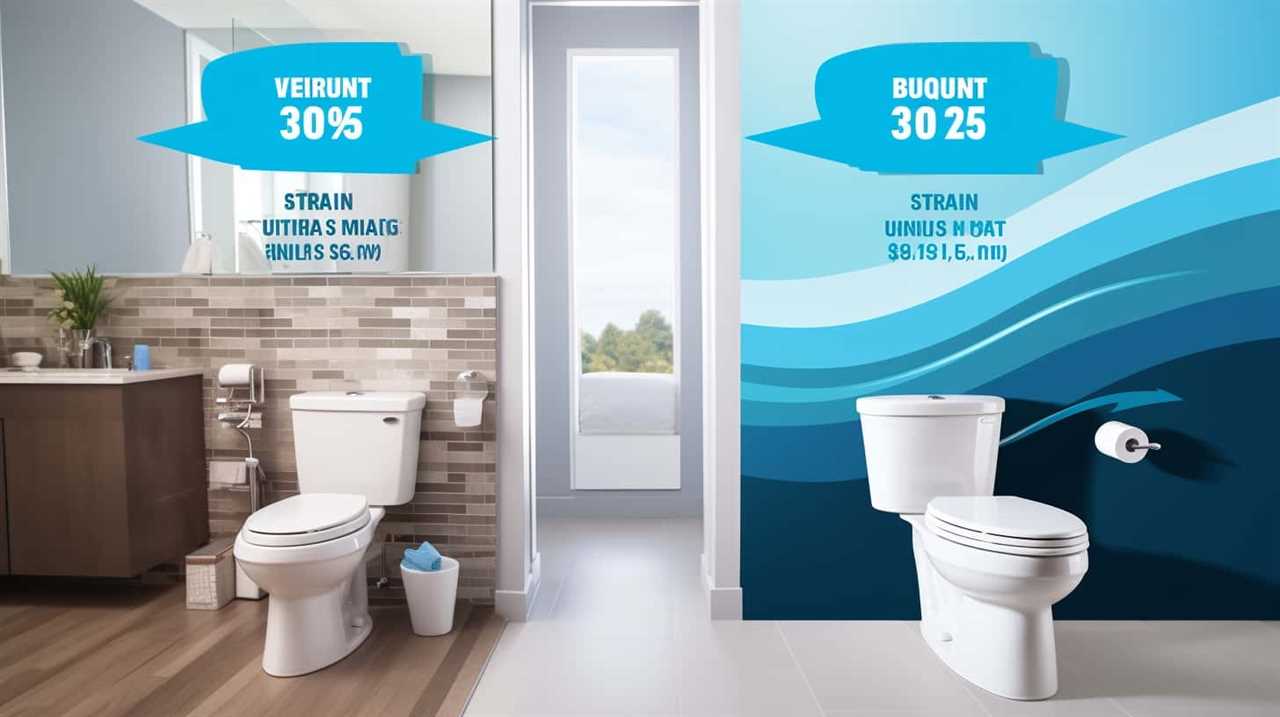
Key Takeaways
- Not all flushable wipes break down easily, leading to clogs and environmental harm.
- Alternatives to flushable wipes include using water and a washcloth or biodegradable wipes.
- Testing methods such as disintegration test, flushability test, and environmental impact assessment ensure only truly flushable wipes receive certification.
- Proper disposal of flushable wipes is important to prevent plumbing issues, protect the environment, and reduce the risk of blockages and backups.
What Are Flushable Baby Wipes
Flushable baby wipes are a convenient and hygienic option for parents looking for an easy way to clean their baby’s sensitive skin. However, it’s important to consider the environmental impact of these wipes.
Despite being labeled as ‘flushable,’ many flushable baby wipes don’t break down as easily as toilet paper. This can lead to clogs in sewage systems and harm to the environment.
Alternatives to flushable baby wipes include using water and a washcloth, which is a more eco-friendly option and still effective for cleaning. Another alternative is using biodegradable wipes that are specifically designed to break down in water.
These options not only reduce the environmental impact but also provide a safe and gentle way to clean your baby’s skin.
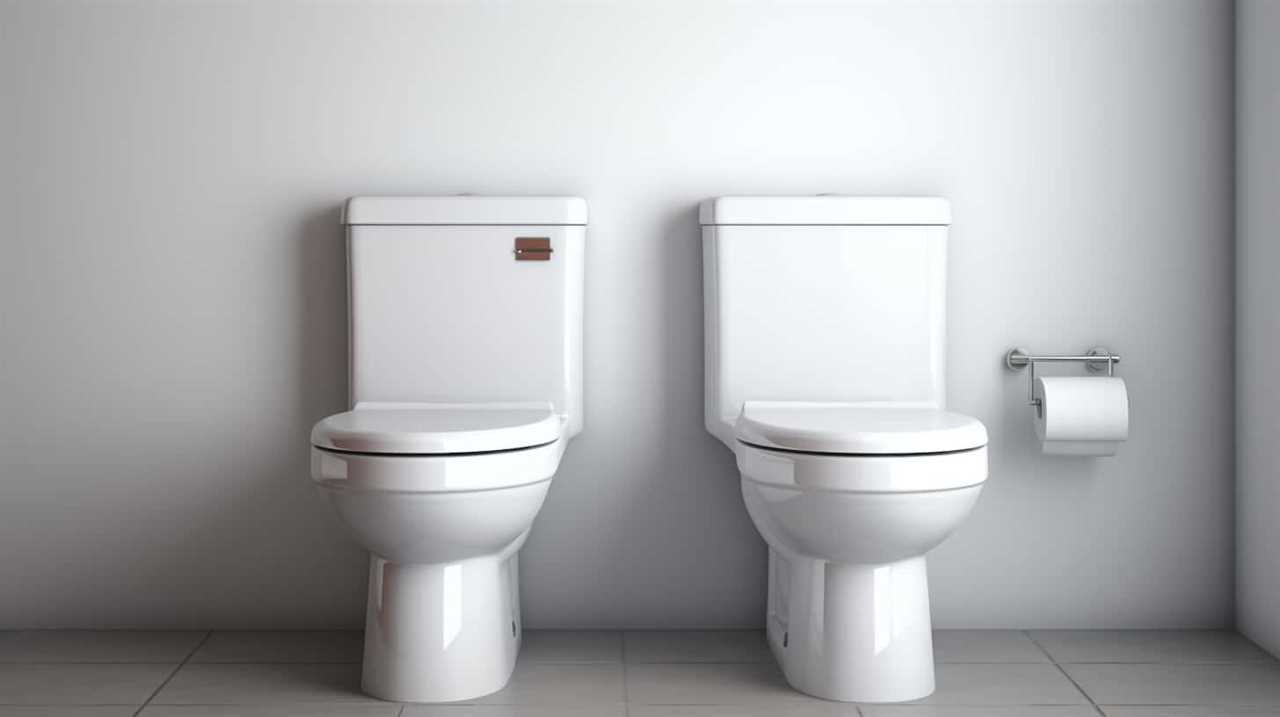
Understanding the Labeling of Flushable Wipes
To better understand the labeling of flushable wipes, let’s delve into how manufacturers classify these products. When it comes to labeling flushable wipes, there are a few key things to consider:
- Environmental impact of flushable wipes: Manufacturers may claim that their wipes are flushable, but it’s important to understand the environmental impact. Some studies have shown that these wipes can contribute to clogs in sewage systems and can take a long time to break down, causing potential harm to aquatic ecosystems.
- Alternatives to flushable wipes: If you’re looking for alternatives to flushable wipes, consider using biodegradable wipes or reusable cloth wipes. These options can be more environmentally friendly and can help reduce waste.
- Certification and testing: Look for flushable wipes that have undergone testing and certification by independent organizations. This can provide assurance that the product meets certain standards and is less likely to cause issues in sewage systems.
- Consumer responsibility: Remember that even if a wipe is labeled as flushable, it’s important to use discretion and only flush small amounts at a time. Proper disposal in the trash can help prevent clogs and reduce the environmental impact of these products.
Understanding the labeling of flushable wipes can help consumers make informed choices and minimize the potential negative impact on the environment.
Testing Methods for Flushability
Our testing methods for determining flushability include evaluating the breakdown rate of the wipes in water. This is crucial in assessing whether the wipes will disintegrate sufficiently to avoid clogging pipes and causing environmental harm. To conduct these tests, we immerse the wipes in water and observe their disintegration over a specific period of time. The flushability certification process requires the wipes to meet certain criteria, such as breaking down within a specified time frame. Additionally, an environmental impact assessment is conducted to evaluate the potential harm these wipes may cause to sewage systems and the environment. The following table provides an overview of the testing methods used for flushability certification:
| Testing Method | Description |
|---|---|
| Disintegration Test | Measures how quickly the wipes break down in water |
| Flushability Test | Determines whether the wipes can be easily flushed without causing blockages |
| Environmental Impact Assessment | Evaluates the potential harm the wipes may cause to sewage systems and the environment |
These testing methods ensure that only truly flushable wipes receive the flushability certification, helping consumers make informed choices and minimizing the negative impact on our infrastructure and ecosystems.
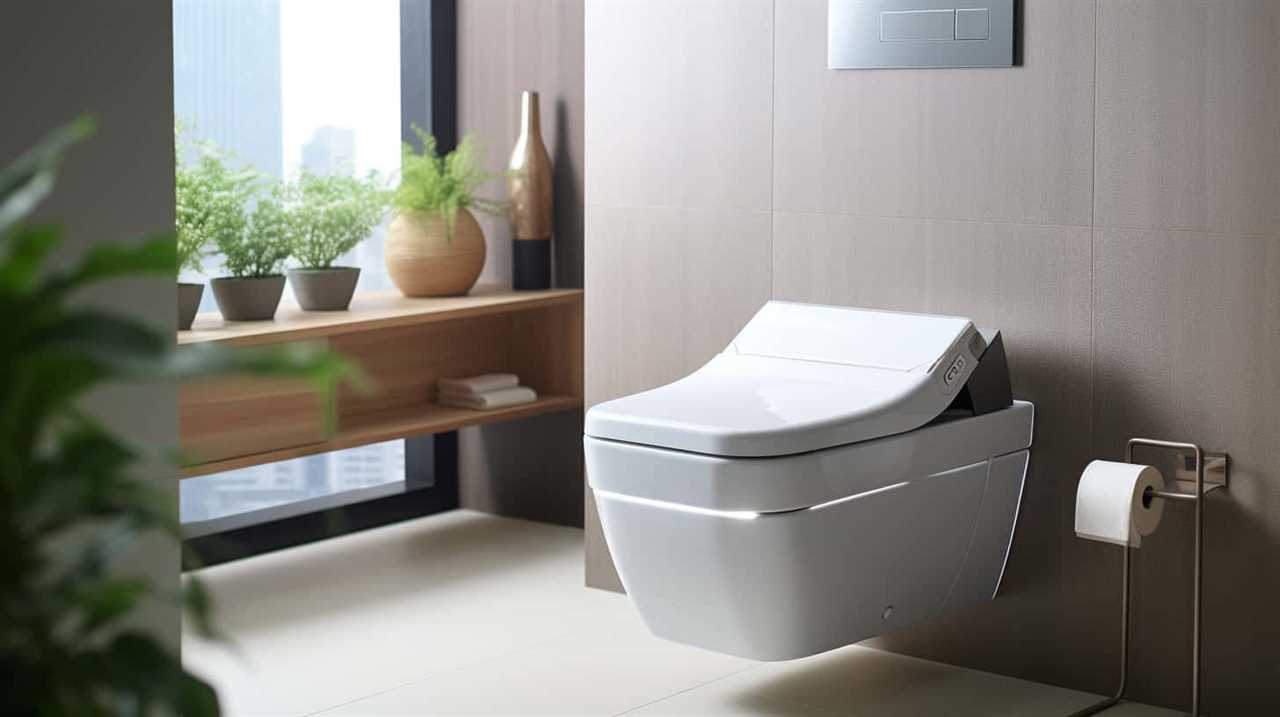
Top Flushable Baby Wipe Brands
After conducting extensive testing, we’ve identified the top flushable baby wipe brands. These brands offer a range of benefits for parents and caregivers who choose to use flushable baby wipes. Here are the top four brands:
- Brand A: This brand is known for its high-quality materials that are gentle on a baby’s delicate skin. They’re also designed to break down quickly in water, making them safe for flushing.
- Brand B: With a focus on eco-friendly materials, this brand offers flushable wipes that are biodegradable and made from sustainable resources. They’re also hypoallergenic, providing added peace of mind for parents.
- Brand C: Known for their durability, these wipes are strong enough to handle even the messiest diaper changes. They’re also fragrance-free, which is a popular choice for parents who prefer unscented products.
- Brand D: This brand offers flushable wipes that are infused with soothing ingredients such as aloe vera and chamomile. These wipes provide gentle cleansing and moisturizing for a baby’s sensitive skin.
Despite common misconceptions, flushable baby wipes are designed to disintegrate quickly in water and are safe for flushing. However, it’s important to follow proper disposal guidelines to avoid any plumbing issues.
Tips for Proper Disposal of Flushable Wipes
When disposing of flushable wipes, it’s important to follow proper guidelines to prevent plumbing issues. While flushable wipes are designed to break down in water, they can still cause blockages in pipes and sewage systems.
To ensure proper disposal, consider the following tips:
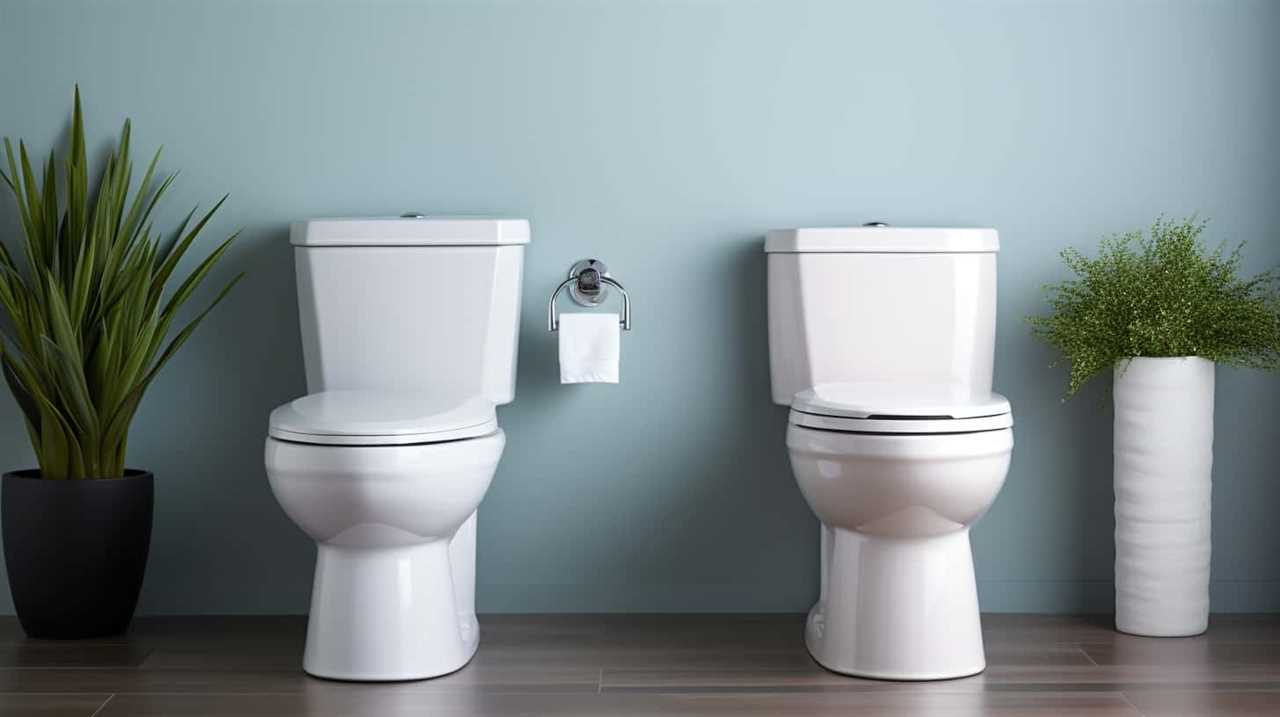
- Dispose in the trash: If you’re unsure about the flushability of a wipe or if you don’t have a dedicated septic system, it’s best to dispose of them in the trash.
- Do not flush non-flushable wipes: Non-flushable wipes, including baby wipes, should never be flushed as they aren’t designed to break down in water.
- Consider eco-friendly alternatives: To reduce the environmental impact of flushable wipes, consider using alternatives like toilet paper, bidets, or reusable cloth wipes.
Frequently Asked Questions
Are Flushable Baby Wipes Safe for Septic Systems?
Flushable baby wipes may not be safe for septic systems due to their potential to clog pipes and cause expensive damage. Considering the environmental impact, using septic-safe toilet paper or bidets are more recommended alternatives.
Can I Use Flushable Baby Wipes in a Portable Toilet?
Using flushable baby wipes in a portable toilet is not recommended. Regular baby wipes are not flushable and can clog the system. Alternatives to flushable wipes include biodegradable wipes or using water and a washcloth.
Are Flushable Baby Wipes Biodegradable?
Flushable baby wipes may not be biodegradable, posing potential harm to the environment. Additionally, they can clog pipes due to their durability. It is important to properly dispose of them to avoid any negative impacts.
Can I Flush Flushable Baby Wipes in All Types of Toilets?
We can flush flushable baby wipes in most toilets, but it’s important to note that they can still cause clogs and damage sewage systems. It’s worth considering toilet paper alternatives to reduce the environmental impact of flushable wipes.
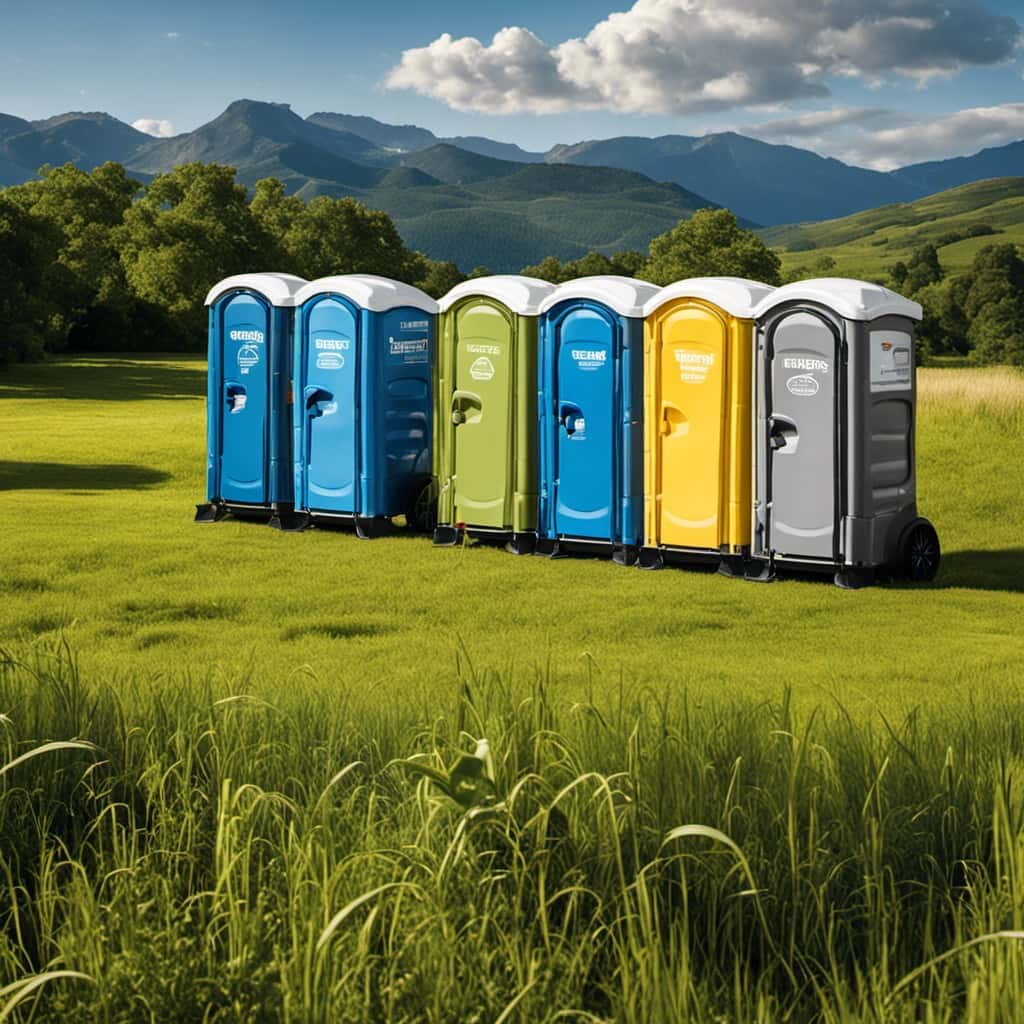
Can Flushable Baby Wipes Be Used for Adult Personal Hygiene?
Flushable baby wipes can be used as an alternative for adult personal hygiene. However, it’s important to consider the environmental impact. While they may be convenient, they can contribute to clogs and sewer system issues.
Conclusion
In conclusion, when it comes to flushable baby wipes, it’s important to understand the labeling and testing methods to ensure their true flushability.
While there are several top brands available, it’s crucial to follow proper disposal methods to prevent clogging and damage to sewage systems.
By staying informed and making responsible choices, parents can find flushable baby wipes that meet their needs while also protecting the environment.
